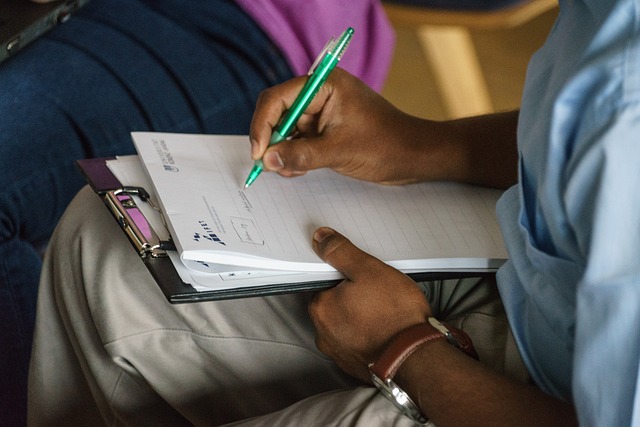Nail School: What to Expect from Training Programs
A nail school provides structured training for people who want practical skills in nails and related beauty services, combining hands-on practice with classroom learning. Programs cover basic manicure and pedicure techniques, sanitation standards, product knowledge, and business guidance so graduates can pursue licensure or entry-level roles in salons, spas, or local services.

nails: curriculum and practical skills
Most nail school curricula balance theory with supervised practical hours. Students learn nail anatomy, nail enhancement techniques (acrylics, gels), removal processes, filing and shaping, and polish application. Emphasis is placed on repetition under instructor supervision so students build dexterity and speed. Many programs include simulated salon sessions and assessment of technical competency before allowing work on live clients.
beauty principles taught in training
Beyond technical nail work, schools teach foundational beauty principles that affect client outcomes. This includes skin and cuticle care, color theory for polish choices, and how nail design complements broader beauty services. Courses often cover trends, basic makeup or skincare awareness, and how nails fit into a full-service beauty offering, helping students deliver cohesive, professional results for diverse clients.
education paths and accreditation
Education options range from short certificate courses to diploma programs; some vocational schools offer longer postsecondary programs. Accreditation and state or national licensing requirements vary, so verifying the credentials of any program and its approval by local regulatory bodies is important. Many schools provide a mix of classroom instruction, practical labs, and externships to meet hours required for licensure in different jurisdictions.
career options after graduation
Completing nail education opens several career pathways: working as a nail technician in a salon or spa, offering mobile or freelance services, teaching at vocational schools, or moving into retail sales or product representation. Career progression can include specialization in nail art or advanced enhancements, management roles in salons, or building a client base for independent work in your area. Networking and continuing education support longer-term career growth.
manicure techniques and safety practices
Manicure training emphasizes technique and strict safety practices. Proper sanitation, use of personal protective equipment, sterilization of tools, and infection control are core topics to protect both technician and client. Schools teach how to recognize contraindications (e.g., certain infections) and when to refer clients to a healthcare professional. Learning consistent, safe manicure protocols is essential for building trust and maintaining a professional reputation.
Conclusion
Nail school prepares learners with both practical manicure and nail enhancement skills and the broader beauty knowledge needed to work professionally. Programs vary in length and depth, so prospective students should research curriculum details, accreditation, and the practical hours required for licensing in their area. Alongside technical training, reputable schools emphasize safety, client communication, and basic business skills that help graduates transition into salon roles, freelancing, or further education within the beauty sector. Continuous practice and staying current with trends and regulations are important for a stable, sustainable career in nails and beauty.






